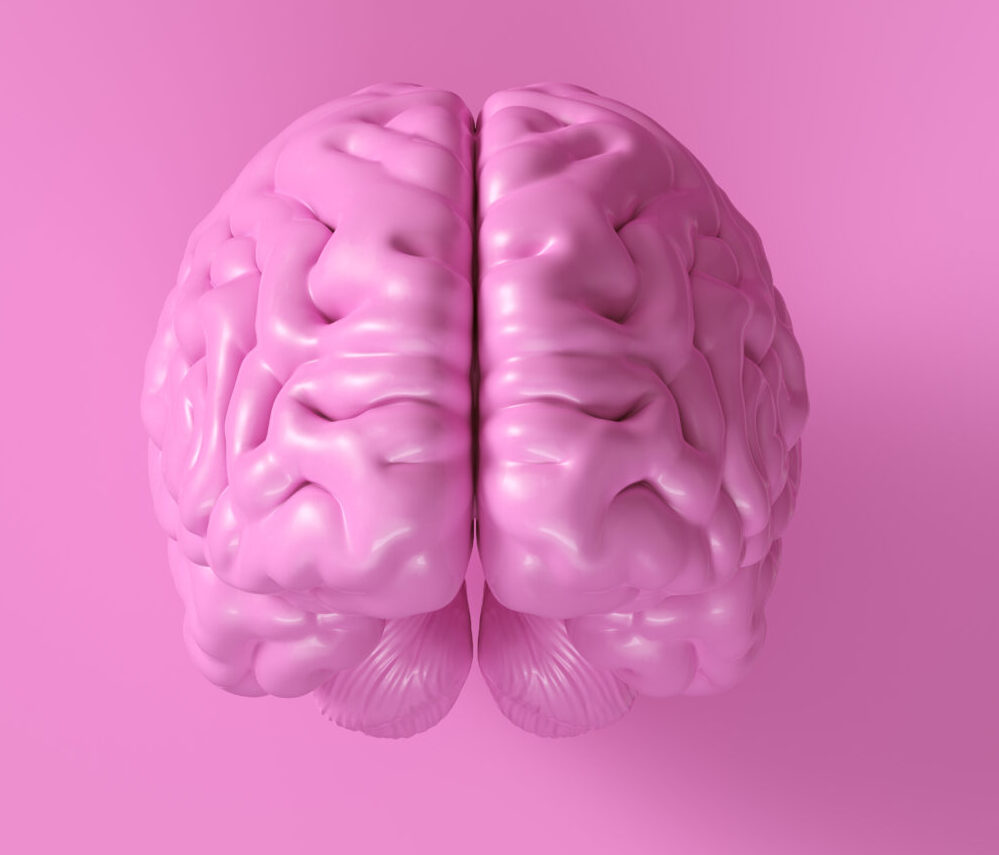Neurobiological Insights into Alzheimer’s: Past, Present, and Future
**Neurobiological Insights into Alzheimer’s: Past, Present, and Future**
Alzheimer’s disease is a complex condition that affects millions of people worldwide. It is characterized by memory loss, difficulty in performing daily tasks, and changes in personality. Understanding the neurobiological aspects of Alzheimer’s is crucial for developing effective treatments and improving the lives of those affected.
### Past Insights
In the past, researchers have made significant strides in understanding Alzheimer’s. One of the key areas of focus has been on identifying biomarkers that can predict the disease. Biomarkers like amyloid beta, tau, and neurofilament light chain have been studied extensively. These biomarkers help in diagnosing Alzheimer’s and understanding its progression. For instance, a study using single molecule array technology found that a combination of these biomarkers could predict brain amyloidosis with high accuracy in diverse patient populations[4].
Another area of research has been on the genetic factors contributing to Alzheimer’s. The multifunctional mitochondrial enzyme Scully/HSD1710 has been linked to the disease. Recent studies in Drosophila have shown that Scully/HSD1710 plays a crucial role in inhibitory control and memory, and its deficiency leads to cognitive decline[5].
### Present Insights
Currently, researchers are using advanced techniques to study the neural networks and their connections, often referred to as the “connectome.” Non-invasive brain stimulation (NIBS) techniques like transcranial magnetic stimulation (TMS) and transcranial direct current stimulation (tDCS) are being used to understand how different brain regions contribute to cognitive functions. For example, TMS has been used to study the dorsolateral prefrontal cortex (DLPFC), which is involved in decision-making processes and working memory. These studies have shown that NIBS can alter connectivity in both targeted and remote brain regions, providing valuable insights into the neural mechanisms of cognition[1].
Additionally, researchers are exploring the role of the immune system in Alzheimer’s. The T Cells in the Brain symposium highlighted the importance of immune responses in the disease, including the characterization of antigen-specific immune responses and the microbial etiology of Alzheimer’s[5].
### Future Directions
Looking ahead, there are several promising areas of research that hold the key to better understanding and treating Alzheimer’s. One of the most exciting developments is the use of machine learning models to predict early Alzheimer’s disease. By combining biomarkers with machine learning algorithms, researchers aim to create more accurate predictive models that can identify individuals at risk earlier in the disease process[4].
Another area of focus is the study of neural circuits and their dynamics. Recent advancements in electrophysiological recording techniques, such as the Discrete Padé Transform (DPT), allow for a deeper understanding of brain dynamics at the circuit level. This could lead to the identification of new biomarkers for Alzheimer’s and a better understanding of how the disease affects neural circuits[5].
Lastly, integrating NIBS with other techniques like electroencephalogram (EEG) and functional magnetic resonance imaging (fMRI) provides a comprehensive view of brain function and connectivity. This integration can help in understanding causal effects between different brain regions and how they contribute to cognitive processes[1].
In conclusion, the journey to understand Alzheimer’s has been long and complex. From identifying biomarkers to studying neural circuits, researchers have made significant strides. The future holds much promise with advancements in machine learning, electrophysiology, and the integration of NIBS with other techniques. These insights will be crucial in developing effective treatments and improving the lives of those affected by Alzheimer’s.





